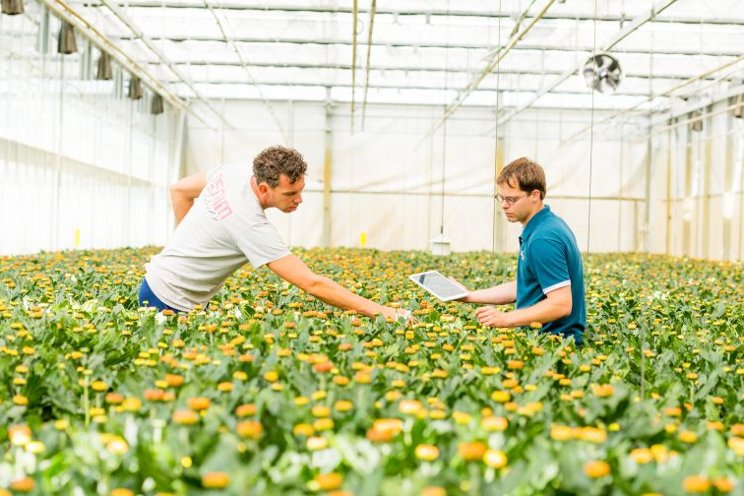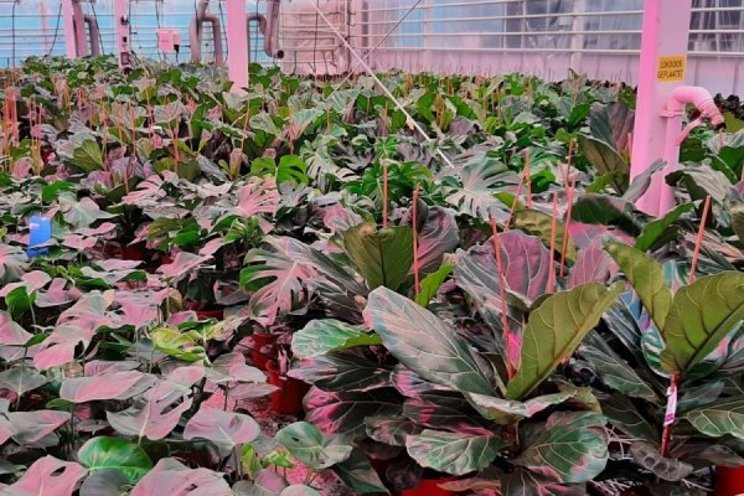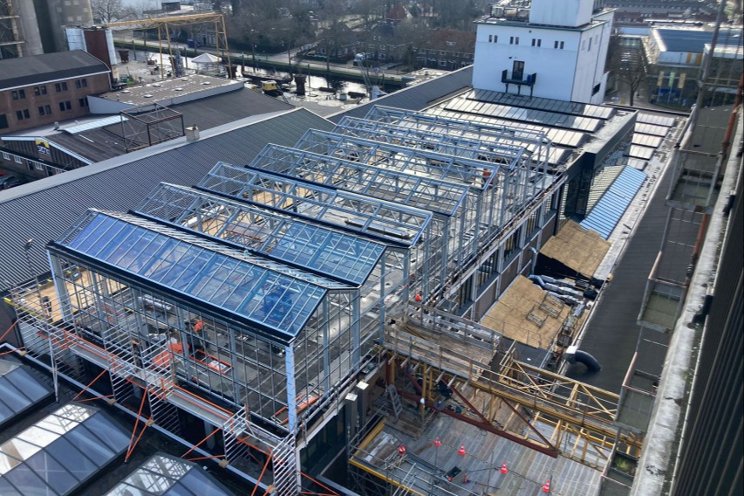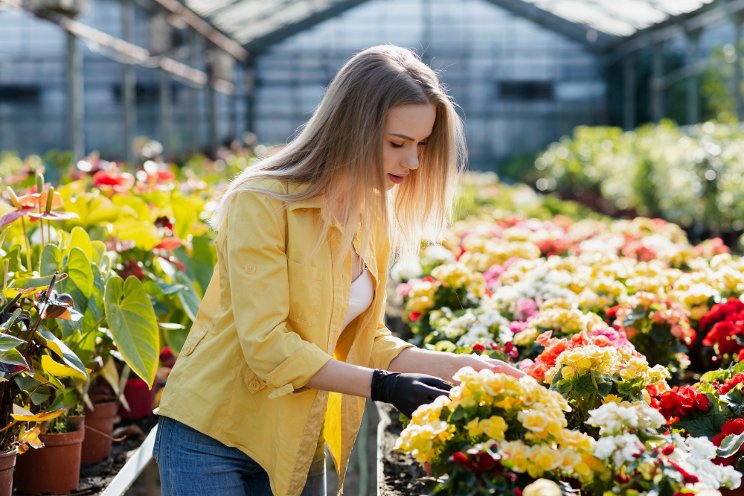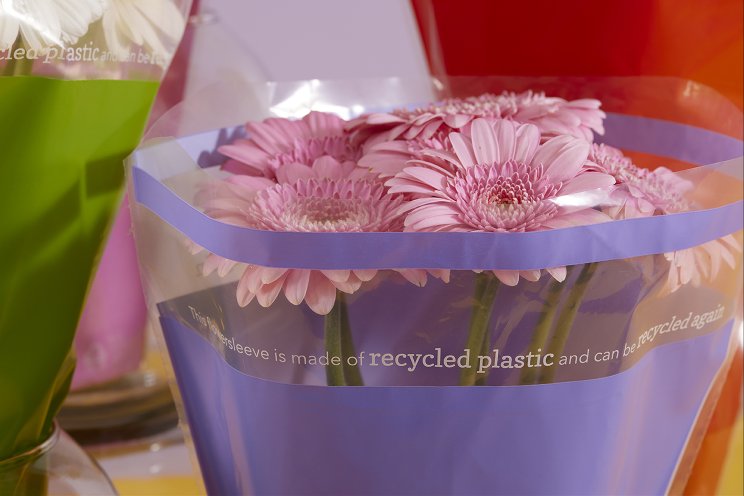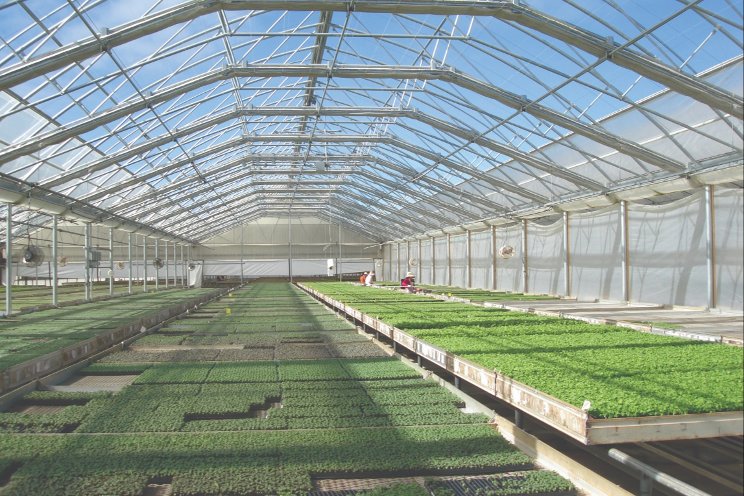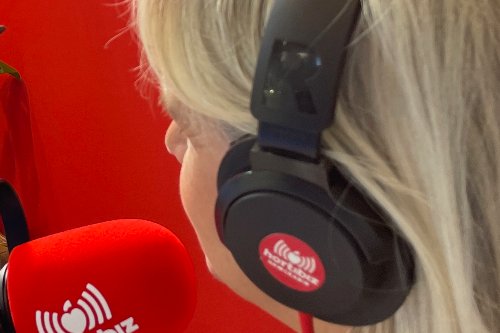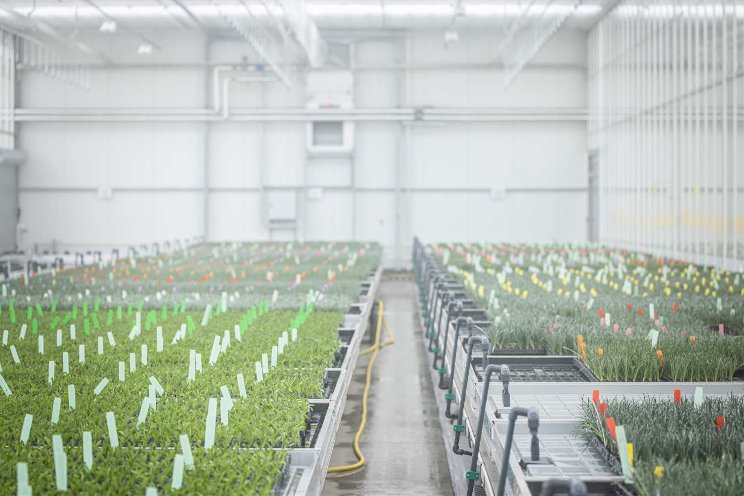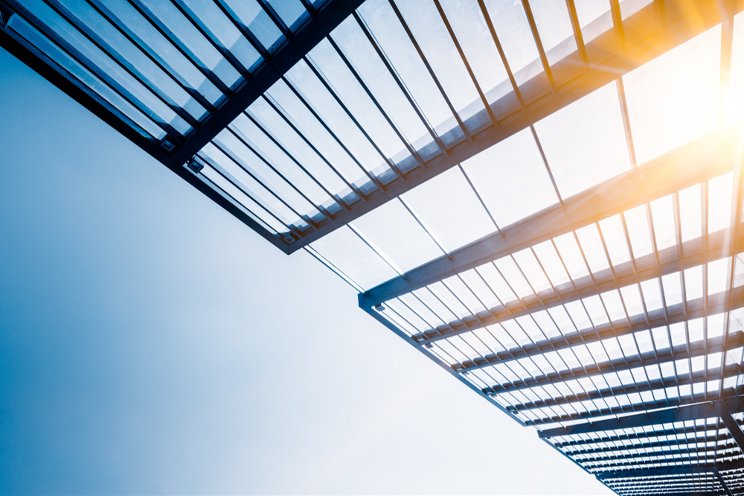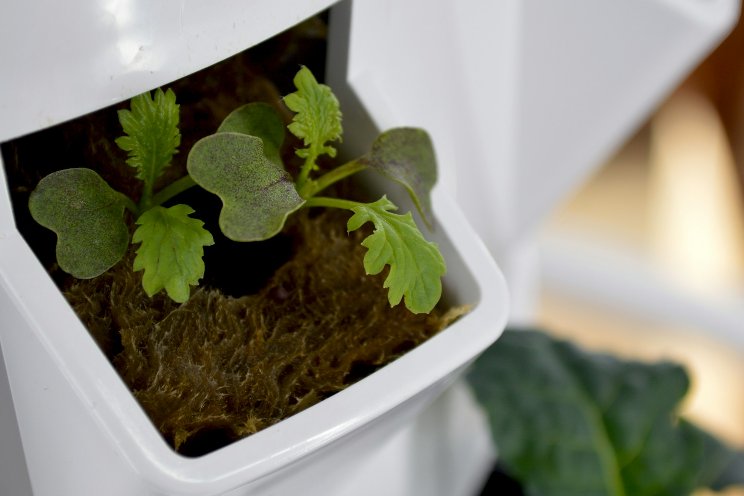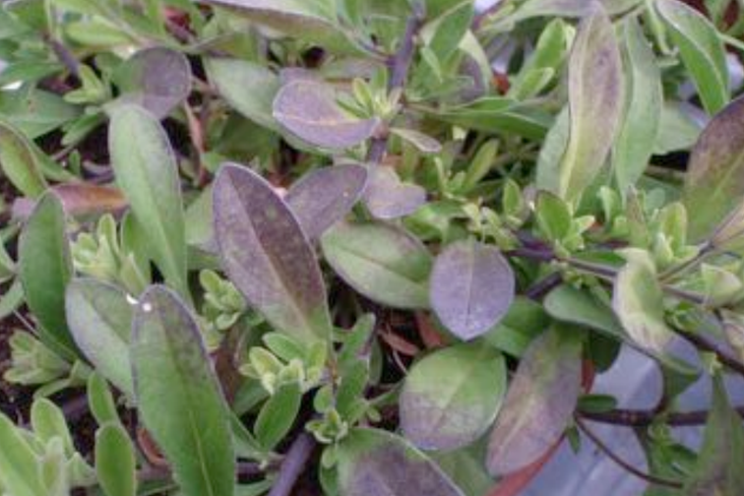LEDs, the climate disaster, and cannabis carbon problem
Added on 03 December 2021
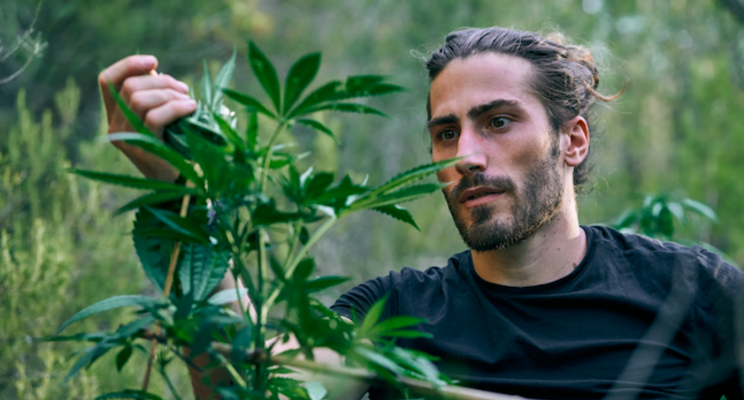
LEDs are lighting the way for sustainable cannabis cultivation. They are proven to be more cost-efficient, more environmentally-friendly, and maintenance-free compared to traditional lighting systems that are not only inefficient but are harmful to our planet.
The Guardian recently published a report, "The climate disaster is here1," ahead of the United Nations Climate Change Conference (COP26)2. The conference brought together government and societal leaders to discuss climate policy.
To put the climate disaster in perspective, The Guardian explains that Earth has "heated up by around 1.2°C, on average, since the pre-industrial era, pushing humanity beyond almost all historical boundaries.1"
The report1 explains that cranking up the heat of the entire planet to this degree in just a century is unfathomable—equating to our oceans being hit with the heat equivalent3 of five Hiroshima atomic bombs every second.
The climate disaster is not coming, it is here now. We need leaders across sectors and industries to realize that we must use every tool at our disposal to minimize our carbon footprint.
Cannabis carbon footprint grows
Innovative high-efficiency lighting technology is here, and continuously being improved, but we need everyone using it — especially when it comes to cannabis cultivation. This industry is as dirty as coal when it comes to carbon footprint. In fact, in Colorado, the cannabis industry emits 30% more carbon than the coal mining industry4.
Per a Colorado State University study5, cannabis cultivation puts out 2.6 metric megatons of carbon dioxide equivalent6 (CO2e), whereas coal is responsible for 1.8 metric megatons.
To put this into perspective, the Colorado study — which was published in the journal Nature Sustainability7 — estimated that growing 1 ounce of cannabis indoors produces as much carbon as burning through a tank of gas8.
The startling reality has prompted calls for environmental regulations9 of the cannabis industry similar to that of the energy sector.
Lighting leads the way to energy savings
One simple solution is readily available today: When cannabis cultivators adopted new LED technology, the average energy consumption declined by more than 20% between 2018 and 202010. This means that if the industry were to completely transition to LED lighting, its energy consumption would plummet and its impact on our environment would be drastically improved.
Furthermore, adoption of LED technology makes business sense for the cannabis industry. Higher upfront fixture cost is easily justifiable given the reduction in power usage and the improvement in product quality. California Lightworks provides a simple return on investment (ROI) calculator that demonstrates the typical payback period for a cannabis grower that switches from high-pressure sodium (HPS) to LED-based solid-state lighting is less than 12 months.
Other segments of the lighting market are rapidly transitioning to LED. From 2016 to 2018, "Installations of LED products have increased in all applications, roughly doubling to 2,325 million units or 30.0% of all general illumination lighting," per the Department of Energy's (DOE) LED Adoption Report 202011. The DOE also said that LEDs offer the potential for cutting general lighting energy consumption nearly 50% by 203012.
Click here to read more.
Photo created by wirestock - www.freepik.com
Source: LEDs Magazine
More news

